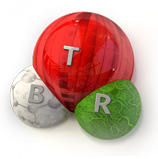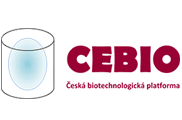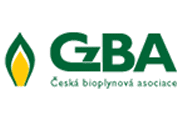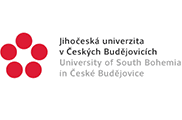tRNA

Transfer RNA (tRNA) is an adaptor molecule composed of RNA, typically 73 to 93 nucleotides in length, that is used in biology to bridge the four-letter genetic code in messenger RNA (mRNA) with the twenty-letter code of amino acids in proteins.
The role of tRNA as an adaptor is best understood by considering its three-dimensional structure. One end of the tRNA carries the genetic code in a three-nucleotide sequence called the anticodon. The anticodon forms three base pairs with a codon in mRNA during protein biosynthesis. The mRNA encodes a protein as a series of contiguous codons, each of which is recognized by a particular tRNA. On the other end of its three-dimensional structure, each tRNA is covalently attached to the amino acid that corresponds to the anticodon sequence. This covalent attachment to the tRNA 3’ end is catalyzed by enzymes called aminoacyl-tRNA synthetases. Each type of tRNA molecule can be attached to only one type of amino acid, but, because the genetic code contains multiple codons that specify the same amino acid, tRNA molecules bearing different anticodons may also carry the same amino acid.
During protein synthesis, tRNAs are delivered to the ribosome by proteins called elongation factors (EF-Tu in bacteria, eEF-1 in eukaryotes), which aid in decoding the mRNA codon sequence. Once delivered, a tRNA already bound to the ribosome transfers the growing polypeptide chain from its 3’ end to the amino acid attached to the 3’ end of the newly-delivered tRNA, a reaction catalyzed by the ribosome.























